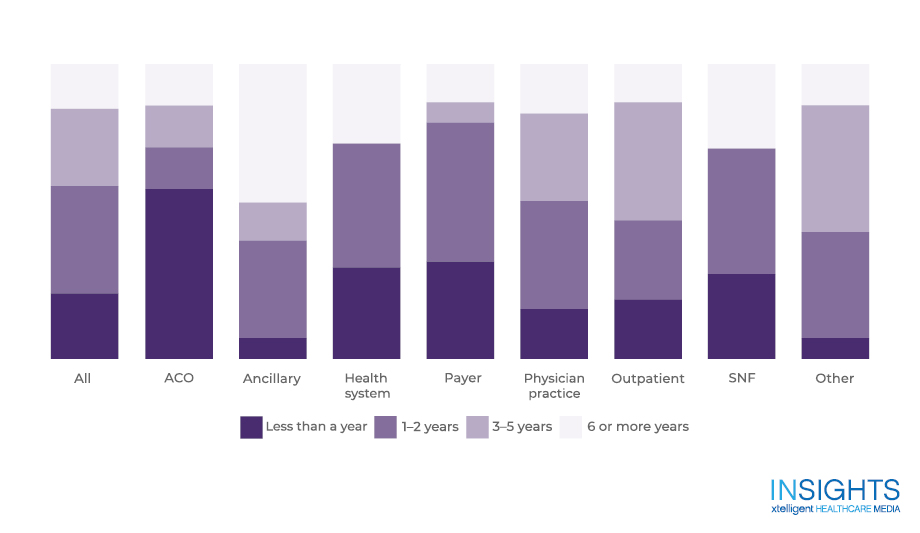
Getty Images/iStockphoto
Value-Based Care Assessment Calls for Payer-Provider Collaboration
Payers and providers must align their definitions of value and communicate more effectively to succeed in value-based care, according to Xtelligent Healthcare Media’s recent Value-Based Care Assessment.
The healthcare industry is moving away from fee-for-service reimbursement. Healthcare professionals recognize that this payment structure is fraught with misuse and overuse, incentivizing providers to perform more care when less care may actually be advised. In this environment, many providers are practicing defensive medicine rather than focusing on the holistic care of their patients.
Many alternative payment models have emerged as possible solutions to adopt value-based care. But these oftentimes complex reimbursement models require high levels of collaboration between payers and providers to align goals and incentives, understand their patient population, and define success.
These payment models vary in the level of financial risk providers agree to assume. The lowest risk model, pay for performance, has a similar financial risk to fee-for-service, so many providers are comfortable transitioning to this model. But riskier models (e.g., capitation) require providers to accept increased financial risk, and many are unsure whether they have the resources to succeed.
A recent study by Insights, the research division of Xtelligent Healthcare Media, revealed that many organizations still heavily rely on fee-for-service reimbursement. While 57 percent of all surveyed healthcare professionals (174) are participating in value-based reimbursement, 48 percent report that over three-quarters of their organization’s revenue is tied to fee-for-service reimbursement. with 57 percent reporting participation in value-based reimbursement.
Despite the promise of value-based care, many are still hesitant to fully dive into these alternative payment models. The most commonly used value-based model is pay for performance, which captures how willing providers are to adopt models similar to fee-for-service. Newer, different, or riskier models are reported in a smaller percentage of respondents.
The Value-Based Care Assessment, the first of many Insights publications to come in 2020, also highlights findings from a supplemental focus group. Payers and providers came from across the industry:
- Federally qualified health centers
- Health systems
- Home health agencies
- Managed care organizations
- National and regional health plans
- Physician practices
- Outpatient centers
Overall, their conversation highlights a need for improved communication between payers and providers. Value-based care participants have different definitions of value, with incentives varying from payer to payer. Managing these mixed messages is a challenge for providers and lead many to be wary of more complex value-based care models.

“As a provider, it is very confusing. We want to understand what value-based care is,” said one provider in the focus group.
Many providers are optimistic that value-based reimbursement can positively impact the financial health of their organization, but they are hesitant to dive fully into models with greater risk owing to a lack of common ground with payers.
Despite 55 percent of all respondents in agreement that the value-based reimbursement will have a positive financial impact, only 22 percent anticipate participating in downside financial risk models within the next year. Such a discrepancy highlights the need for improved value-based care literacy that allows providers and payers to be on a level playing field.
"Value-based care is payer drive, but provider and hospital partners need to come together and recognize something bigger. We're not just trying to do something niche. We're trying to help people prosper across our population," said a focus group representative from a regional commercial health plan.
In order to deliver high-quality, low-cost care to patients, providers and payers must collaborate to ensure their attempts at value-based care will succeed.
The Value-Based Care Assessment also highlights which value-based care models organizations are implementing, investments organizations are making to succeed in value-based care, and the technology needed to assist in revenue cycle management for these models. The full report can be found here.




